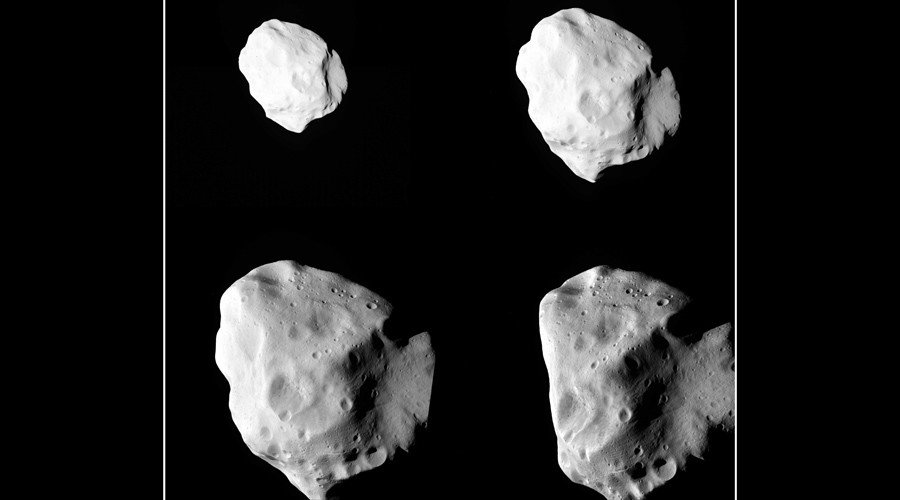Near-Earth Objects, or NEOs, are asteroids or comets whose orbits are close to ours, meaning there is a risk they could hit Earth.
Ranging in size from meters to tens of kilometres, astronomers are discovering more and more asteroids that could threaten our planet. Since 2010, an additional 5,000 have been discovered, bringing the total known number of NEOs to 15,000.
Comment: Meteor fireball activity has also increased dramatically in recent years, supported by NASA's own space data.
"The rate of discovery has been high in the past few years, and teams worldwide have been discovering on average 30 new ones per week," Ettore Perozzi of the ESA's NEO Coordination Centre in Italy said in a statement.
"A few decades back, 30 were found in a typical year, so international efforts are starting to pay off. We believe that 90% of objects larger than 1000 m have been discovered, but - even with the recent milestone - we've only found just 10% of the 100 m NEOs and less than 1% of the 40 m ones."
Arizona's Catalina Sky Survey and Hawaii's Pan-STARRS project account for 90 percent of the new discoveries made.
The ESA's center in Italy maintains the European Risk List of any objects which could possibly hit earth, and uses its Space Situational Awareness programme to combine new information with existing European telescope data.
Lucky for us, there's only a "tiny impact probability for any known object in the next 40 years," according to Detlef Koschny, head of the NEO element area of the Space Situational Awareness. Koschny adds, however, that "all NEOs bear close watching to refine and understand their orbits."
The pace of discovery is likely to continue to increase, according to the agency.
By 2018, the ESA's new 'fly eye' telescopes will take wide-sky surveys nightly, taking in large fields of view.
Chile will look for asteroids using its Large Synoptic Survey Telescope which is currently under construction.




Comment: Last month a 18,000 MPH Asteroid Almost Causes Mass Extinction and Nobody Saw it Coming, how's that for 'Space Situational Awareness'.
Recently NASA created a 'Planetary Defense Coordination Office' with a view to track meteors headed toward Earth, and "redirect" potentially dangerous asteroids as part of a long-term planetary defense goal.
However, asteroid 'redirection' or 'deflection' remains just theoretical. A more accurate way of looking at it is that NASA is funding deflection and redirection of the topic of space threats by 'getting the message out' that 'everything is just fine'.